Aging Population
The demographic shift towards an aging population is a pivotal driver for the Footcare Product Market. As individuals age, they often experience a decline in foot health, which can lead to various complications. Reports indicate that the elderly population is projected to reach 1.5 billion by 2050, creating a substantial market for footcare products tailored to this demographic. This segment is particularly susceptible to conditions such as arthritis and neuropathy, which necessitate specialized footcare solutions. Consequently, companies are increasingly focusing on developing products that address the unique needs of older adults, including cushioned footwear and supportive orthotics. This trend not only enhances the quality of life for seniors but also presents lucrative opportunities for market players.
Growing Awareness of Foot Health
There is a notable increase in consumer awareness regarding the importance of foot health, which is significantly influencing the Footcare Product Market. Educational campaigns and health initiatives are emphasizing the need for proper foot care, particularly among individuals with pre-existing conditions such as diabetes. This heightened awareness is prompting consumers to seek out products that promote foot health, including antifungal treatments and specialized footwear. Market data suggests that the footcare segment is expected to witness a compound annual growth rate of over 5% in the coming years, driven by this growing consciousness. As a result, companies are likely to invest in marketing strategies that highlight the benefits of their products, further propelling market growth.
Rising Incidence of Foot Disorders
The prevalence of foot disorders, such as plantar fasciitis and diabetic foot ulcers, appears to be increasing, thereby driving demand within the Footcare Product Market. According to recent health statistics, approximately 75% of individuals experience foot problems at some point in their lives. This growing incidence necessitates effective footcare solutions, leading to a surge in product offerings aimed at alleviating discomfort and promoting foot health. As awareness of these conditions rises, consumers are more inclined to invest in specialized footcare products, including orthotic insoles and therapeutic creams. Consequently, manufacturers are likely to innovate and expand their product lines to cater to this burgeoning need, thereby enhancing their market presence and profitability.
E-commerce Growth and Accessibility
The rapid expansion of e-commerce platforms is transforming the Footcare Product Market by enhancing product accessibility for consumers. Online shopping offers convenience and a wider selection of footcare products, allowing consumers to compare options and make informed decisions. Recent data indicates that e-commerce sales in the health and wellness sector have surged, with footcare products being a significant contributor to this growth. This trend is particularly beneficial for niche brands that may struggle to gain visibility in traditional retail settings. As more consumers turn to online shopping for their footcare needs, companies are likely to adapt their distribution strategies to capitalize on this trend, thereby increasing their market share and reaching a broader audience.
Technological Advancements in Footcare Products
Technological innovations are reshaping the Footcare Product Market, leading to the development of advanced solutions that cater to diverse consumer needs. The integration of smart technology into footcare products, such as wearable devices that monitor foot health, is gaining traction. These innovations provide users with real-time data on their foot conditions, enabling proactive management of foot health. Furthermore, advancements in materials science have led to the creation of more effective and comfortable footcare products, such as moisture-wicking socks and breathable footwear. As consumers increasingly seek products that combine functionality with comfort, companies that leverage these technological advancements are likely to gain a competitive edge in the market.


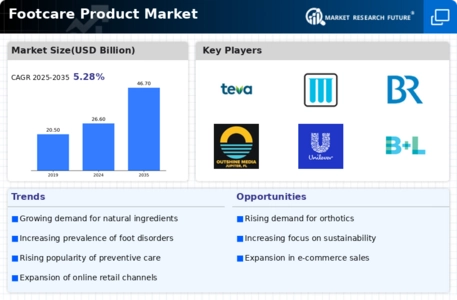
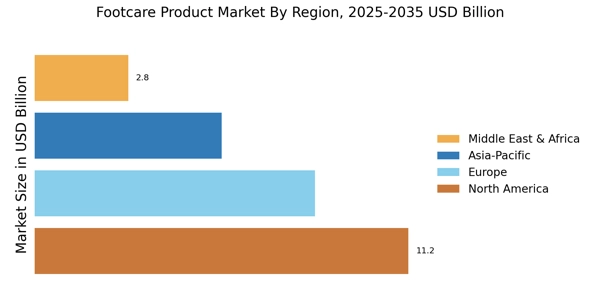
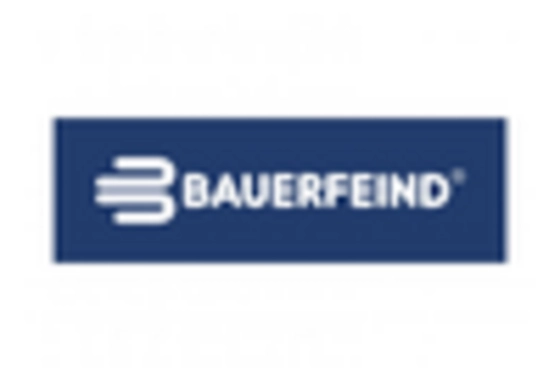
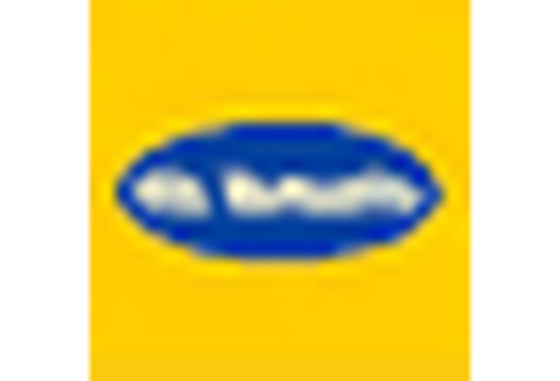
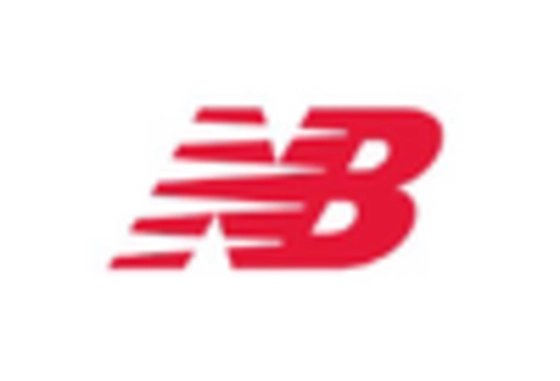
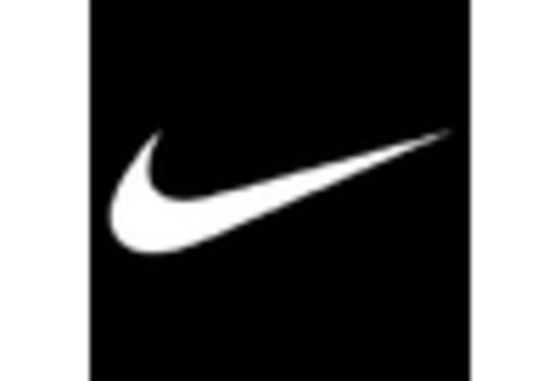
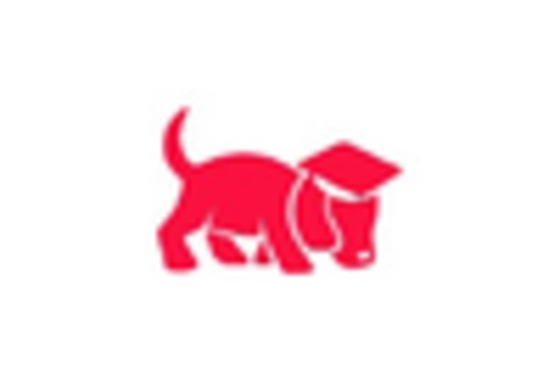
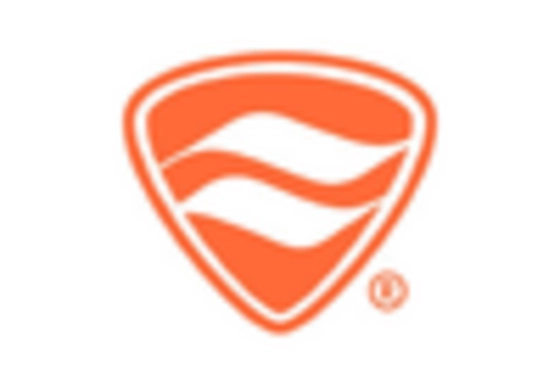








Leave a Comment